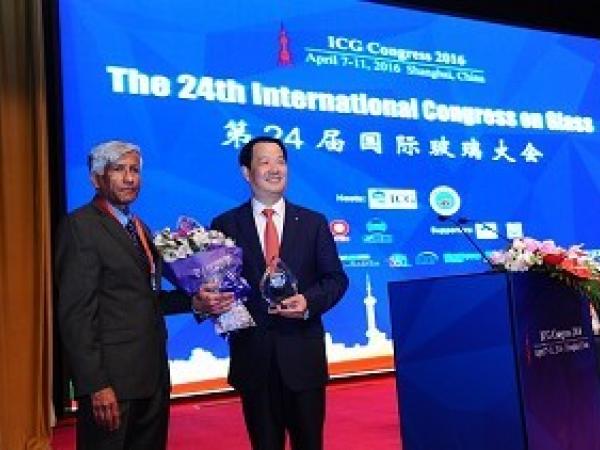
Date: 13 June 2016
This triennial event has a long pedigree, having begun in Venice, Italy in 1933 and continued ever since, apart from a break during WW2.
Shanghai built on its most valued traditions whilst successfully introducing new ideas to maintain its freshness and appeal.
The Congress Chairman was Prof Shou Peng of China Triumph International Engineering Co., the immediate past president of ICG, who called on the Glass Community to take this opportunity to join hands and make common efforts for the healthy and sustainable development of the glass industry and to realize our beautiful ‘Glass Dreams' for the benefit of mankind. Chair of the Scientific Committee was Prof Jianrong Qiu while Mr Zhanping Jin chaired the Organising Committee.
The setting for the event, the SICC building, combines a hotel with dedicated conference facilities. Sited in the Pudong New Area of Shanghai on the east bank of the Huangpu River at one end of the district called the Bund, it faces the old trading area of Shanghai on the western bank, where many of the buildings retain their early 20th century European architectural style.
Its immediate surroundings though are a monument to glass, and include some of the tallest towers in the world, most encased in their transparent protective cocoons.
The opening ceremony began with welcomes from the ICG president, Dr Manoj Choudhary, president of the Chinese Ceramic Society, Dr Yongmo Xu, a representative of the Municipal Government and finally Prof Shou Peng.
Next followed an Awards Ceremony. First were the prestigious President's Awards. These are presented only at Congresses and this year were given to: Dr N F Borrelli (USA), Prof A Makashima (JP), Prof J Parker (UK) and Prof Shou Peng (CN) for their lifetime's contribution to Glass and ICG.
Secondly the Turner Prize was announced. Awarded annually, it is given for services to ICG's Technical Committees. The recipients this year were Prof A Boccaccini (TC03) and Dr S Slade (TC13). The Gottardi prize was awarded to Prof R Martin (UK) who later gave a plenary presentation entitled ‘A structural insight into bioactive glass'. The Weyl award was presented to Dr Qiang Fu (USA) who subsequently spoke on ‘Glasses for healthcare: research, development and industrialization'.
Altogether, 803 people registered for the Congress. 169 (20%) were students, 58 from outside of China. The 270 international participants represented 33 countries. The many excellent presentations and posters offered by delegates provided an exciting glimpse into the future of glass science and technology.
Some sessions were organised by individual technical committees of ICG, in particular, following a long tradition, TC17 on Archaeometry. During the conference copies of the latest book to be authored by Prof Fuxi Gan and Prof J Henderson was made available.
Each session was preceded by at least one Plenary Lecture. Based on the enormous expertise within China on Optical Glasses, several sessions built on topics such as harvesting solar energy, the role of nanoparticles in improving efficiency etc.
One of my abiding memories concerned the remarkable optical characteristics of twisted hollow core fibre bundles, demonstrating how ancient skills, used to make twisted stem wine glasses, can be resurrected to provide completely new applications for glass. An unusual session examined good teaching practice and was aimed at young lecturers.
Another highlight was the congress banquet, held on the penultimate evening. It took place in the Sea Palace Floating Restaurant, a large moored barge not far up the river from the congress centre and with wonderful views of the Bund. We were entertained with a varied and rich diet both of Chinese culinary expertise as well as traditional acrobatic and dancing skills.
These included such wonders as a dancer whose mask magically flipped from one image to another, and a more modern dance synchronised with butterflies projected on a large illuminated screen acting as a backcloth.
The Stevanato Group once again provided invaluable support by sponsoring the poster competition. Altogether 104 posters were offered and covered a wide range of subjects.
Prizes were given to: T Nakaya (‘Precipitation of metallic tin nanoparticles in SnO-P2O5 glass matrix for lithium ion rechargeable batteries', Nagaoka University of Technology, Japan), W Chung (‘Color tunable white LED using phosphor-in-glass film based on low temperature glasses', Kongju National University, Korea) and W.C. Peng (“Enhanced upconversion emission in crystallization controllable glass-ceramic fiber containing Yb³-Er³ doped CaF₂ nanocrystals”, South China University of Technology, Guangzhou, China).
The Chinese Ceramic Society also generously sponsored 5 prizes for the best young speakers in the oral sessions. These were restricted to research students, new post-docs or those who had only recently joined the industry. Even so there were many excellent and interesting lectures to choose from, so several ‘spies' were recruited and worked with session chairs to ensure that all speakers were heard.
Finally the following were selected (in no particular order): M Dubernet from the University of Rennes, France; C Ragoen from the University of Brussels, Belgium; W Chung from the Kognju National University, Korea; S Cozic from the University of Rennes, France and Yamagata University, Japan; and M Xi from Wuhan University of Technology, China.
The Poster and Young Speaker prizes were distributed during the closing ceremony and were followed by a formal handover to the American Ceramic Society who will organise the 25th Congress in Boston, where we were promised a warm welcome.
 600450
600450

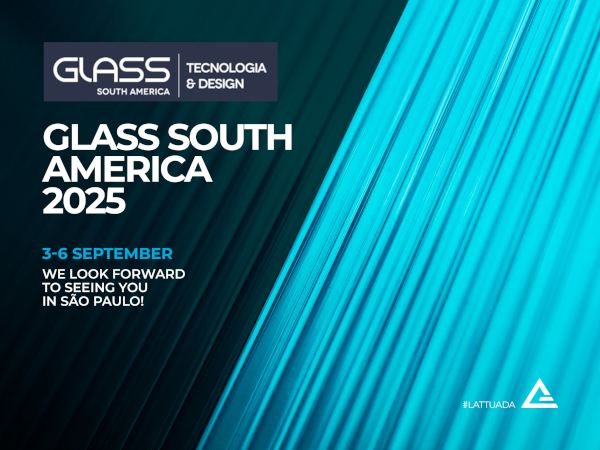
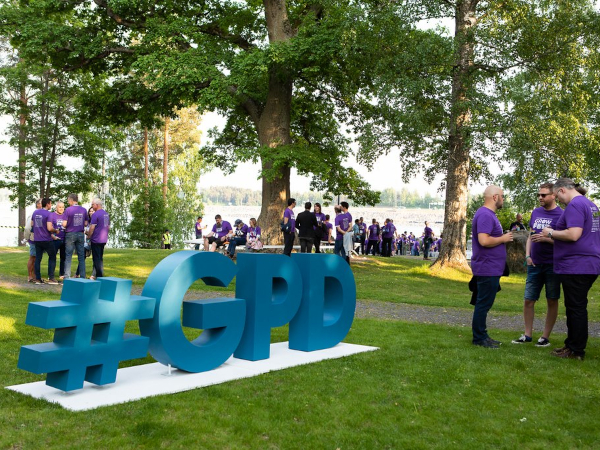


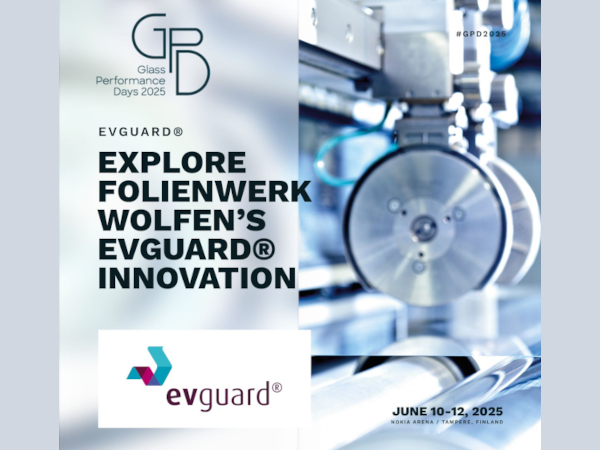
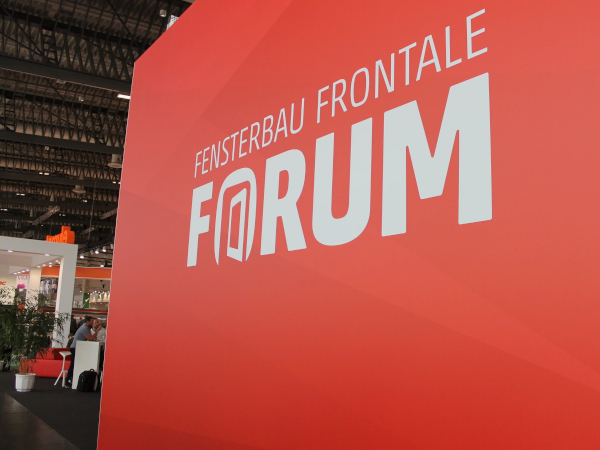


Add new comment